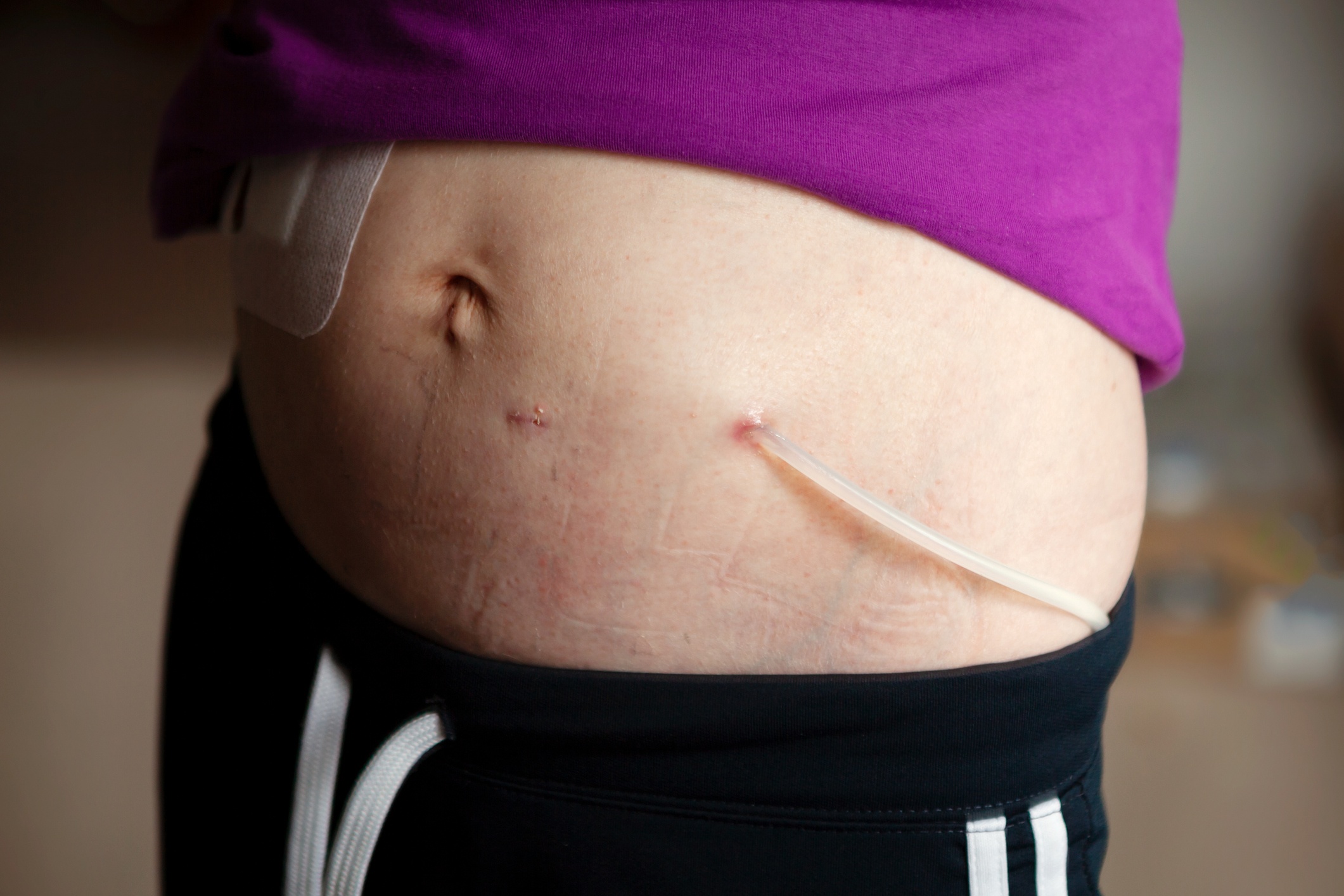
Boston—There are few data available regarding fatigue in patients with end-stage renal disease treated with peritoneal dialysis. The 36-Item Short Form Health Survey (SF-36) vitality scale has been used to establish hemodialysis patients’ perception of energy/fatigue; however, only a few small populations of peritoneal dialysis patients have been profiled using the scale. It is also unknown whether variations exist in vitality scores between countries.
Liz Wallim and colleagues defined the profiles of the vitality scores in large cohorts of incident peritoneal patients in Brazil and the United States. The researchers reported their findings during a poster session at the NKF Spring Clinical Meetings in a poster titled Fatigue in Incident Peritoneal Dialysis Patients in Brazil and the United States.
Data from adult patients in the BRAZD II Cohort in Brazil and from patients at a large dialysis provider in the United States were analyzed. The patients were treated with peritoneal dialysis for their first renal replacement therapy (RRT) and completed the SF-36 in the first 90 days of dialysis during the study period (December 1, 2004 to January 31, 2011).
The mean of the first SF-36 vitality score was calculated by country following initiation of peritoneal dialysis. The scores were stratified into four categories: ≥65 (high vitality/energy); >50 to <65 (moderate vitality/energy); ≥35 to <50 (moderate fatigue); and <35 (high fatigue).
Data from 8706 incident peritoneal patients who completed an SF-36 within 90 days of dialysis initiation were included in the analysis (1388 in Brazil and 7318 in the United States). The proportions of patients with a high level of fatigue were similar in Brazil and the United States (25.0% and 27.0% of patients reporting vitality scores, respectively). There was a higher proportion of peritoneal patients in Brazil with a moderate level of fatigue: 53.8% of patients in Brazil reported vitality scores of ≥35 to <50 in Brazil compared with 21.1% of patients in the United States reporting those scores.
A higher proportion of peritoneal dialysis patients in the United States reported moderate and high energy: 30.0% of US patients reported vitality scores of ≥50 to <65 versus 18.9% of patients in Brazil; and 2.2% of patients in Brazil reported vitality score of ≥65 compared with 21.0% of patients in the United States.
“The prevalence of fatigue is high in the first 90 days of peritoneal dialysis, although it may differ between countries. The differences in the prevalence of fatigue in incident peritoneal dialysis patients might be representative of distinct practice patterns in the countries, such as home first policies,” the researchers said.
Source: Wallim L, Guedes M, Jiao Y, et al. Fatigue in incident peritoneal dialysis patients in Brazil and the United States. Abstract of a poster presented at the National Kidney Foundation 2019 Spring Clinical Meetings, May 8-12, 2019, Boston, Massachusetts.







 © 2025 Mashup Media, LLC, a Formedics Property. All Rights Reserved.
© 2025 Mashup Media, LLC, a Formedics Property. All Rights Reserved.